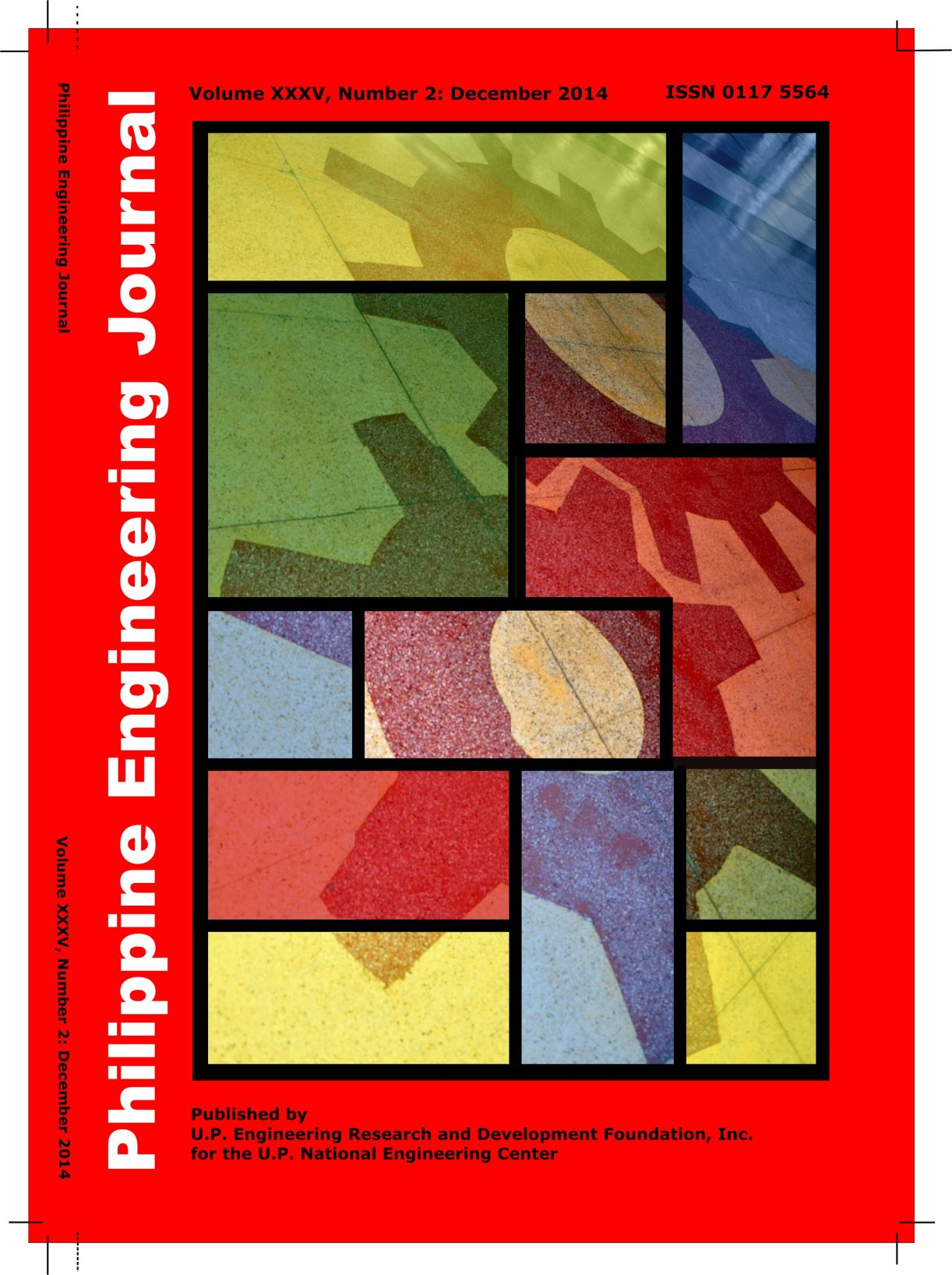Projector Powerplant System for Low-Enthalpy Geothermal Heat Sources in the Philippines
Abstract
Short Communication
An ejector is a component which converts the available change in kinetic energy from a high pressure and/or high temperature and low velocity state to a low pressure and temperature but high velocity state into recompression energy that can be utilized for improvement in efficiency of a system. In the field of refrigeration and air conditioning, it is used to reduce the required compressor power in a vapor compression system or to aid in compression together with a heat source in a heat-driven cooling system. In our previous studies, a noble incorporation of the ejector into the organic Rankine cycle (ORC) has been established to obtain dramatically improved efficiency in using the modified ORC. This improvement is realized in the resulting ejector powerplant system by using the high-pressure liquid in the separator located after the evaporator in the conventional ORC that is just pumped back to the evaporator.
Geothermal energy is a good renewable energy source in countries that have high geothermal energy resource like the Philippines. However, current utilization of geothermal resources is focused on high temperature systems but small attention has been given to low-grade or low-temperature geothermal energy resources which are also abundant in the country. Most of these low-enthalpy sources are under-utilized or even unutilized at all.
In the current study, coupling of low-enthalpy geothermal sources in the Philippines into the ejector powerplant system has been investigated. Geothermal sources of 60 to 150 °C have been used. The geometric profile of the ejector, coupling of components and the overall systems have been optimized for efficiency, economy and practicality of the systems and operations. Computational techniques in our previous studies that incorporate two-phase flow, friction and shock waves have been incorporated.
Ammonia and propane, which are common in the ORC system, are used. With an ambient temperature in the Philippines at around 30 °C, a condenser temperature of 35°C is considered. The computation using the working fluids considered resulted to having the turbine outlet temperature of 6 to 12°C below the ambient, which can significantly enhance the powerplant efficiency. The range of the computed ejector efficiency is 90% to 98%. The geothermal-driven ejector powerplant system yields a maximum efficiency range of 10.5% to 17% which is way higher than the range of 6.25% to 10% of the conventional ORC. Ammonia shows superiority over propane in this case.
Keywords: geothermal, low-enthalpy, heat sources, ejector, powerplant.


